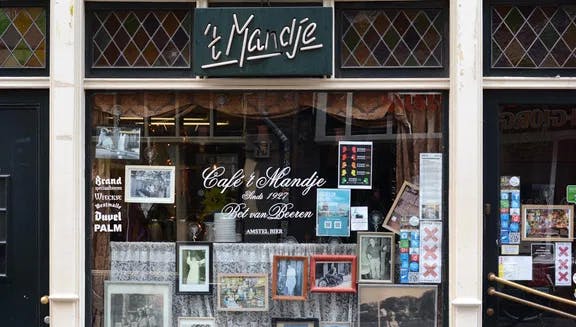
LGBTQI+ history walking route
4 April 2025
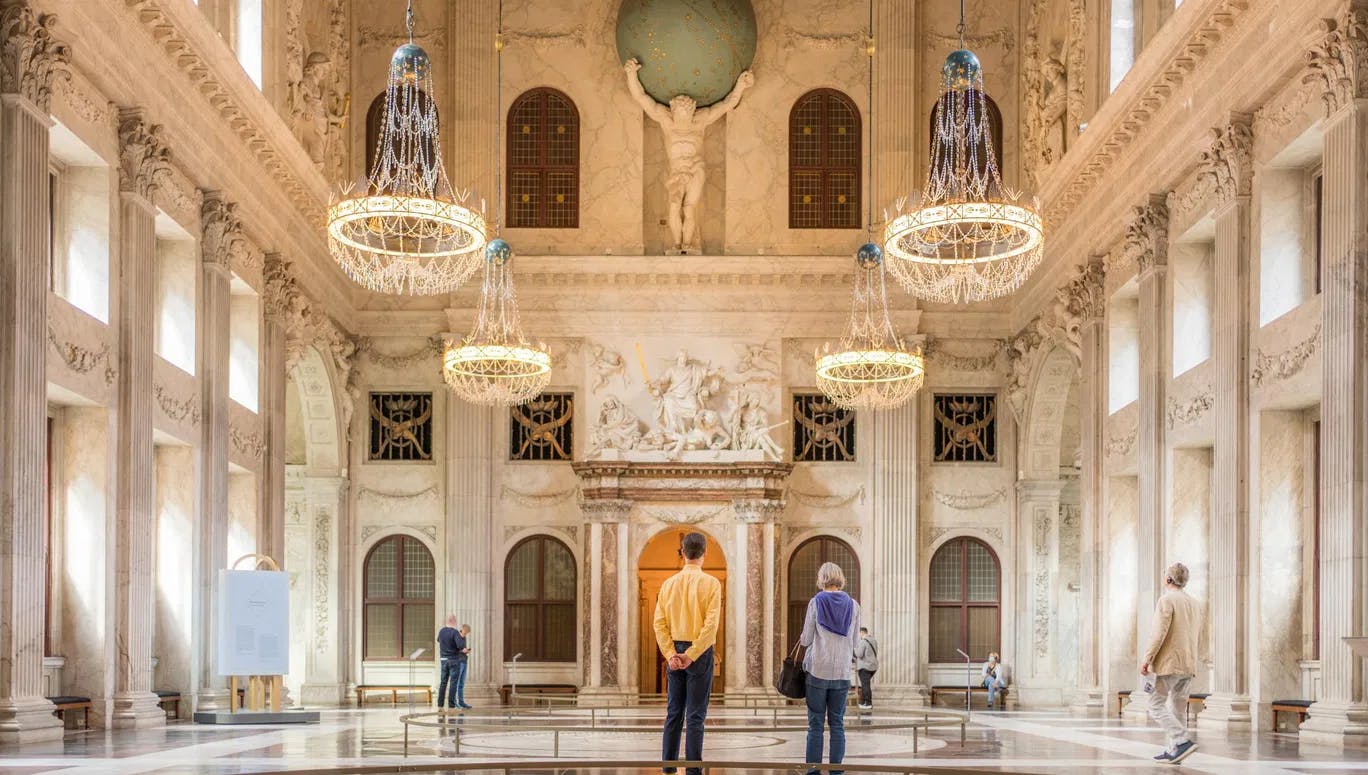
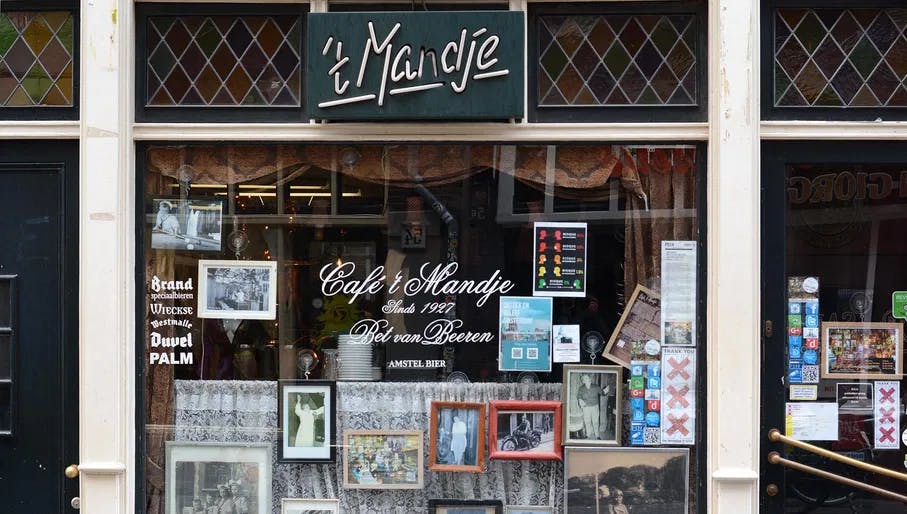
Cafe 't Mandje was the workplace of Major Alida Bosshardt, the Netherlands' most beloved Salvation Army soldier. She joined the organisation as an 18-year-old girl, initially working in a children's home for the armed forces during World War II and helping countless Jewish children go into hiding. Bosshardt later went on to do great work supporting sex workers and homeless people, including setting up the first Goodwill Center in the Red Light District. She became a frequent visitor of Cafe 't Mandje - one of the city's first safe spaces for LGBTQ+ people - where she maintained a warm friendship with owner Bet van Beeren, another human rights activist. As a posthumous tribute to Bosshardt's services to the people of Amsterdam, the bridge over the Oudezijds Achterburgwal (between the Oudekennissteeg and the Molensteeg) bears her name.
Major Bosshardt Statue | Oudezijds Voorburgwal 14
Café 't Mandje | Zeedijk 63
Majoor Bosshardtbrug | Verbind de Oudekennissteeg met de Molensteeg

Aletta Jacobs is seen as the founder of feminism in the Netherlands. In her early life, she was the first Dutch woman to graduate as a doctor and was especially committed to the care and welfare of women and sex workers. After obtaining her doctorate in 1879, Jacobs worked as a general practitioner, holding free consultation hours for working-class women and sex workers, providing information about hygiene and venereal diseases, and introducing the diaphragm as a contraceptive. She later fought to improve women's working conditions and voting rights. In 1903, she gave up her practice to tirelessly lead the Women's Suffrage Association until 1919, when she achieved her life's mission: universal suffrage for all women.
Eerste huis Aletta Jacobs | Oudezijds Achterburgwal 127
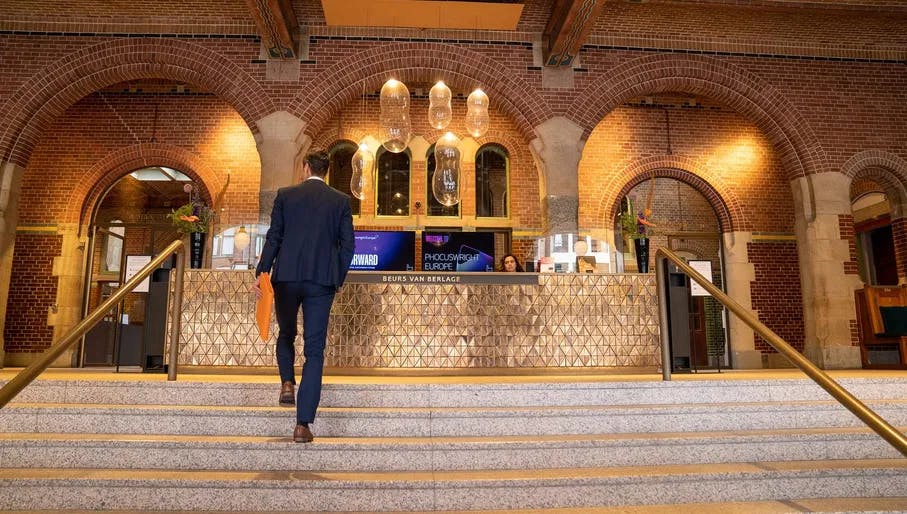
Johanna Borski was married to the second richest Amsterdam resident - a stock trader who worked in the Beurs van Hendrick de Keyser. The stock exchange building was used in the first half of the 19th century to trade grain and goods. It was situated on the corner of Dam and Rokin, close to the Beurs van Berlage building we see today. When her husband died in 1814, Joanna Borski took up his business. Endowed with a brilliant business talent, she used the fact that women were not allowed on the trading floor to her advantage. She invited anyone who wished to do business with 'Widow Borski' to pay her visit at home and led the company to the top of Amsterdam's financial market. Later, her astute dealings with the Nederlandsche Bank laid the foundations for ABN AMRO - one of the country's biggest banks. With a fortune of about 4 million guilders, Borski became one of the wealthiest people in the country.
Beurs van Hendrick de Keyser | Dam 27
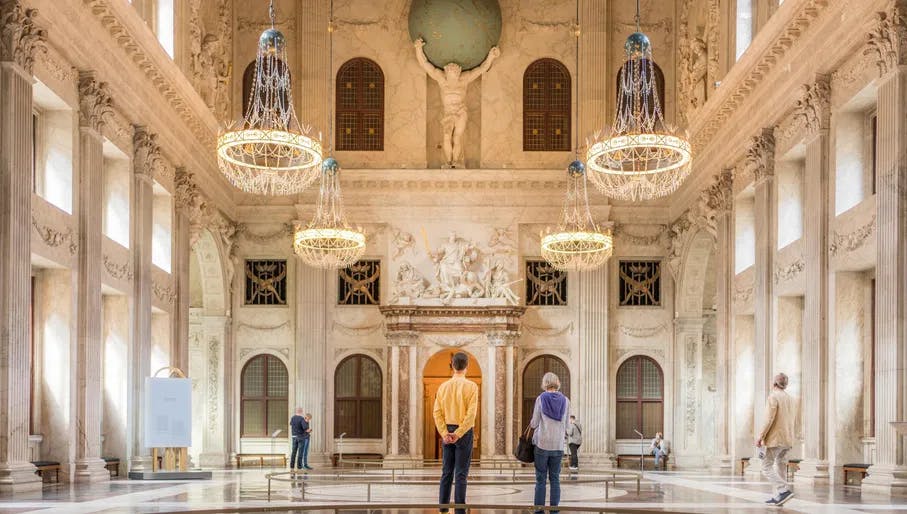
In the 17th century, the Royal Palace on Dam Square still served as the town hall. This is where the city was governed, money was exchanged, and justice - such as execution - was administered. One of the women who stood trial here was Marretje Arents, also known as the 'lime lady', because she sold limes, plaice and hot-smoked herring. She was notorious for participating in the 1748 riots, which saw the looting of various houses owned by tax collectors. When two rebellious civilians were shot, Marretje and a group of bystanders bashed in some windows and threatened the chief officer and other collectors before lifting her skirts and yelling obscenities by way of parting. Marretje was arrested and kept in the town hall before being executed. Marretje was hoisted out of the window of the weighing house via a pulley as she screamed for revenge until she died.
Royal Palace | Nieuwezijds Voorburgwal 147
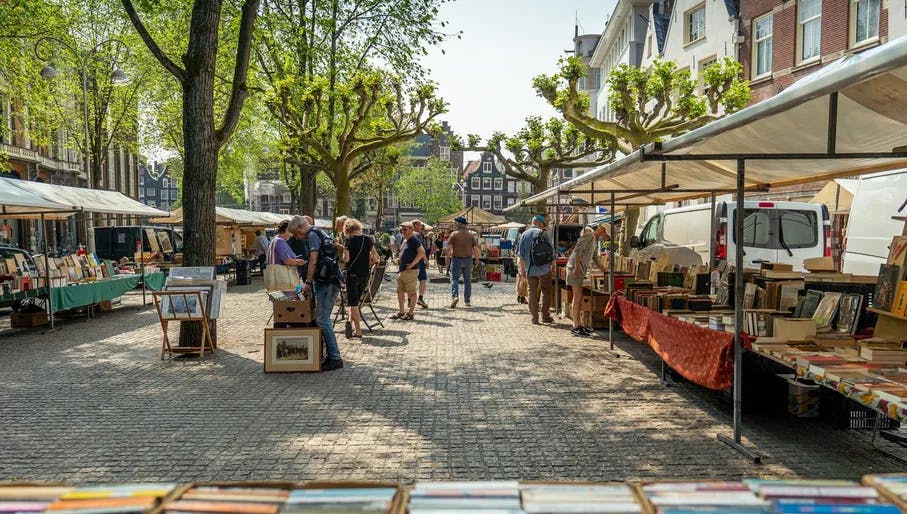
Before the war, the KAS BANK building housed the editorial and printing works of the Telegraaf. When this newspaper was banned from publication in 1945, the building was assigned to Het Parool and Trouw. In 1948, Annie M G Schmidt started working as a reporter for Het Parool, writing weekly columns, children's rhymes and stories. Her best-known works include Dikkertje Dap and Het Schaap Veronica, along with the story series Jip en Janneke that she produced with cartoonist Fiep Westendorp. She also wrote cabaret pieces for Wim Sonneveld and Wim Kan. Annie M G Schmidt remained active as an author well into old age, but only after her death in 1995 did it become clear just how big of an impact she made on Dutch children's literature.
KAS BANK | Nieuwezijds Voorburgwal 225

Known as the founder of Dutch nursing, Johanna Reynvaan was the daughter of a wealthy tobacco merchant. Having been educated at home by a governess, she became interested in becoming a nurse - a newly acceptable profession for unmarried upper-class women. She was one of the first women to undertake a nursing course. Equipped with her new training, she went to work at the Binnengasthuis and Buitengasthuis on the Overtoom - two hospitals where hygiene was terrible, patient care was low, and treatment was often administered by unskilled workers. Many of the changes Reynvaan wanted to make were initially met with resistance. However, in 1883, she was appointed deputy to a more progressive director Jacob van Deventer and together, they worked on improving healthcare and modernising nursing. Reynvaan eventually set up a training program that became a blueprint for other programs nationwide.
Binnengasthuis | Turfdraagsterpad 15
Buitengasthuis | Tweede Constantijn Huygensstraat 31
Looking for more stories about women who played an indelible role in Amsterdam? Explore the city with Yvonne Kroon. Send an email to yvonne@kroontours.nl.